Carbon neutral
R-CNG can be a carbon neutral fuel and can reduce CO2 emissions from around 50 percent to 100 percent compared to fossil fuels on a well-to-wheels basis, helping companies achieve sustainability goals.

Shell’s renewable compressed natural gas (R-CNG) is a low- or negative-carbon natural gas transportation fuel derived from organic waste which can reduce carbon emissions in road transport vehicles by between 50% and 100%, compared to traditional fuels.
R-CNG plays an important role in our global sustainability strategy. Shell plans to achieve its target to be a Net Zero Emissions energy business by 2050, in step with society’s progress toward achieving Net Zero.
R-CNG can be a carbon neutral fuel and can reduce CO2 emissions from around 50 percent to 100 percent compared to fossil fuels on a well-to-wheels basis, helping companies achieve sustainability goals.
R-CNG can be used in the same applications as conventional natural gas with no difference in performance.
The process of producing R-CNG captures previously uncontrolled methane emissions from dairy farms, landfills, and wastewater treatment plants.
R-CNG provides additional income for dairy farmers through incentives for the collection of the dairy manure. The digestate can also be used in the fields as a fertilizer saving costs for the farmers.
R-CNG reduces the need for conventional fuels.
R-CNG is available anytime it is needed. Other renewables are intermittent dependent on sun or wind for example but waste material can be converted into energy 24 hours a day, 7 days a week.
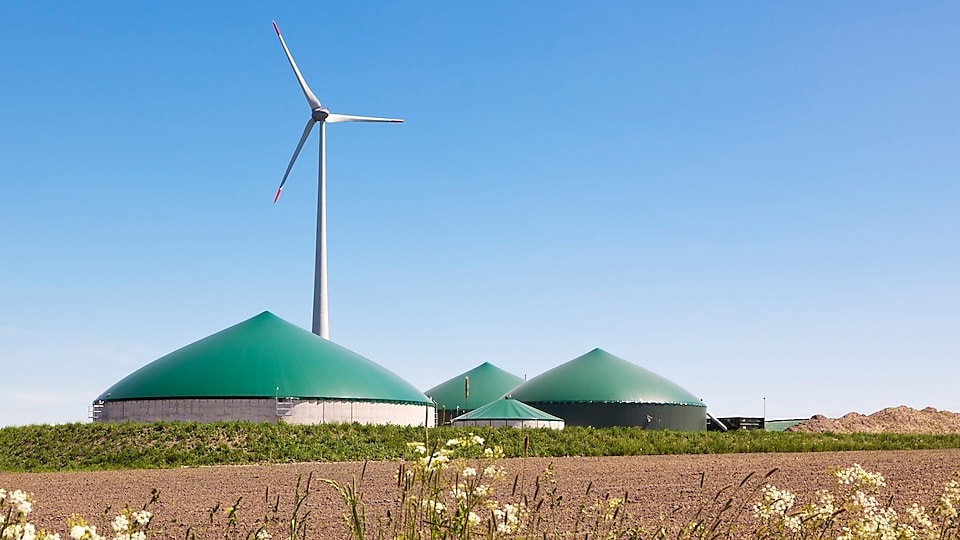
Why wouldn’t we turn what we don’t want into what we need. Organic waste can in be turned into biogas and be used directly from the gas grid which is a hugely important step towards a future of green energy production.
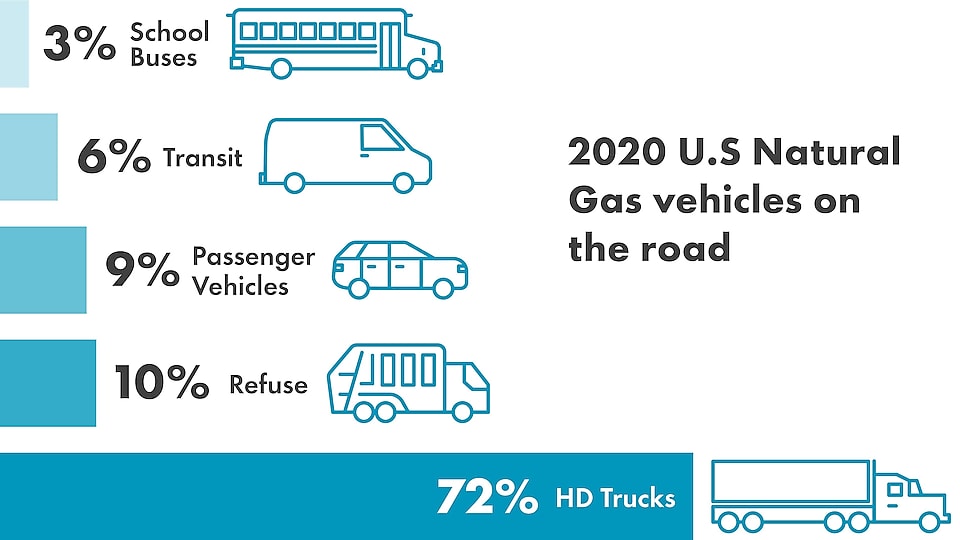
There were approximately 175,000 NGVs on U.S. roads in 2020, most of which were heavy-duty vehicles (72%), 10% were refuse, 9% passenger vehicles, 6% transit vehicles and 3% school buses. These numbers are expected to grow 5–6% per year over the next decade.
Government regulations involving air quality and carbon reduction are expected to grow more restrictive over time. Updating your fleets early can help you evade penalties and claim incentives.
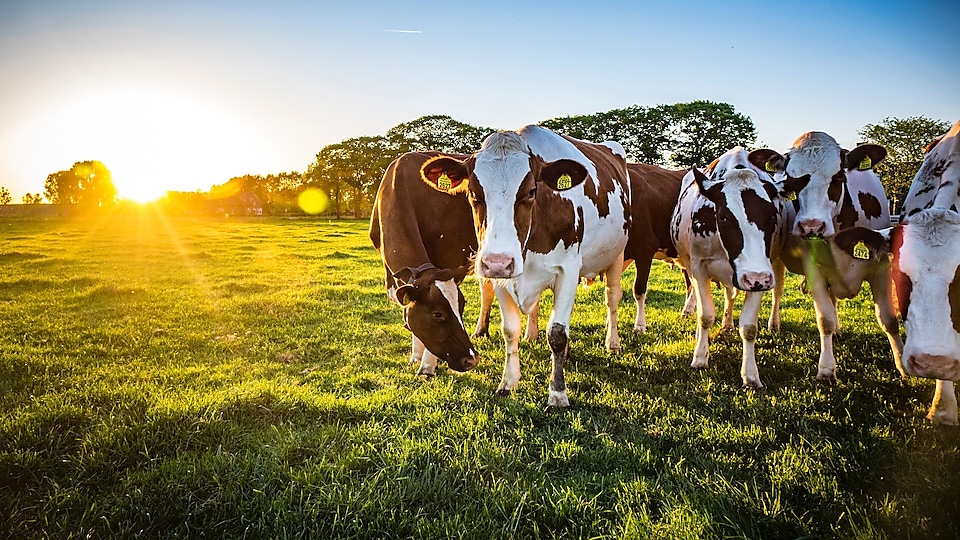
Methane is a gas largely produced from bacteria that live in soil, water and the stomachs of animals that ferment food as part of the digestion process, such as diary livestock. As a greenhouse gas, methane traps infrared radiation in the atmosphere causing an increase in air temperatures and being the second most abundant global man-made greenhouse gas, anything we can do to utilise this will only ever have a positive impact on our environment.
Livestock represents 31% of the total methane emissions produced from human activities in the US with beef and dairy cattle being major contributors. Manure is also a major contributor of methane.
Replacing traditional fuels with R-CNG sourced from dairy manure reduces greenhouse gas emissions in two important ways: by capturing agricultural methane emissions that would otherwise be released into the atmosphere, and by fueling vehicles with a cleaner-burning product.

As organic matter decays in landfills, landfill gas is produced as a byproduct. To capture biogas as it is produced, a system of wells is installed into the landfill. Raw biogas typically has a methane content of around 45% to 50%. It is then directed to a treatment plant, where a series of steps convert it into R-CNG. Once processed, the R-CNG is then injected into a natural gas pipeline at a methane content typically around 96% to 98%.
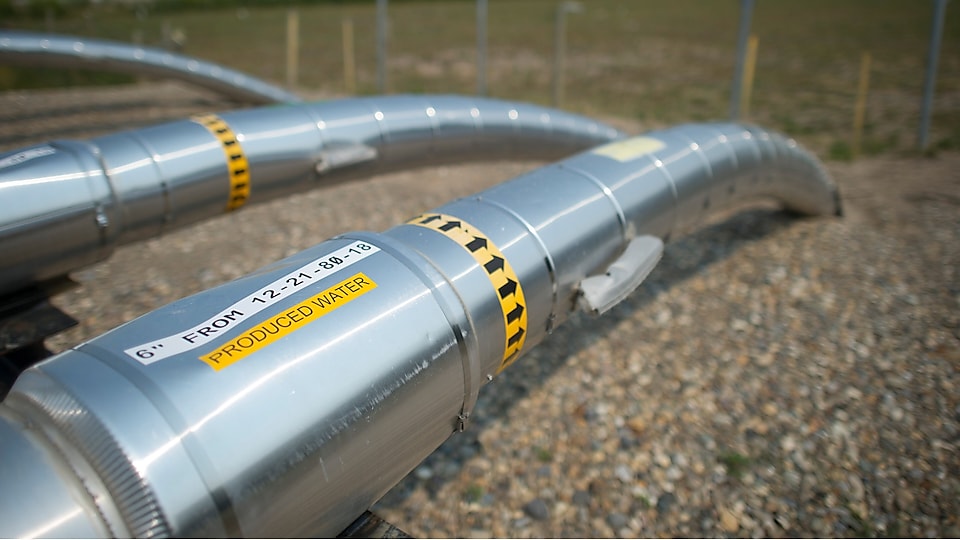
Millions of gallons of wastewater enter treatment plants every day. Anaerobic digesters, which use microbes to process and clean the wastewater, create significant amounts of methane as a byproduct, which can be captured and upgraded to R-CNG following a somewhat similar process as described for landfill gas.
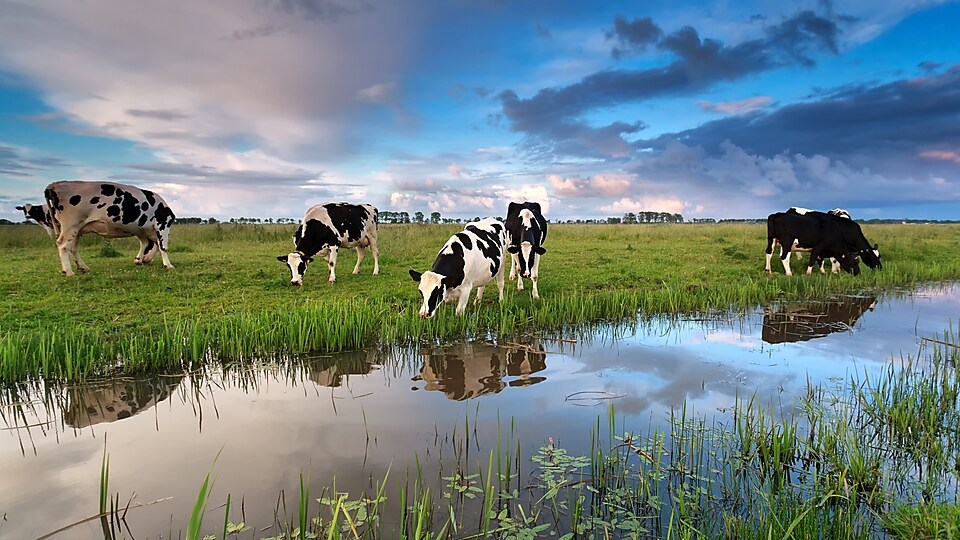
In the U.S. livestock is responsible for around 36% of the U.S. methane emissions. Animal manure can be collected and delivered to an anaerobic digester to stabilize and optimize methane production resulting in biogas, which can be processed into R-CNG and injected into the natural gas network.

Methane emissions from landfills and other sites can contribute to odor and smog challenges on a local level. By capturing this methane to produce R-CNG, this source of air pollution can be eliminated in communities while also taking advantage of the other benefits. In addition, natural gas vehicles emit fewer air pollutants than petroleum-based vehicles, leading to improved air quality on city streets and highways.
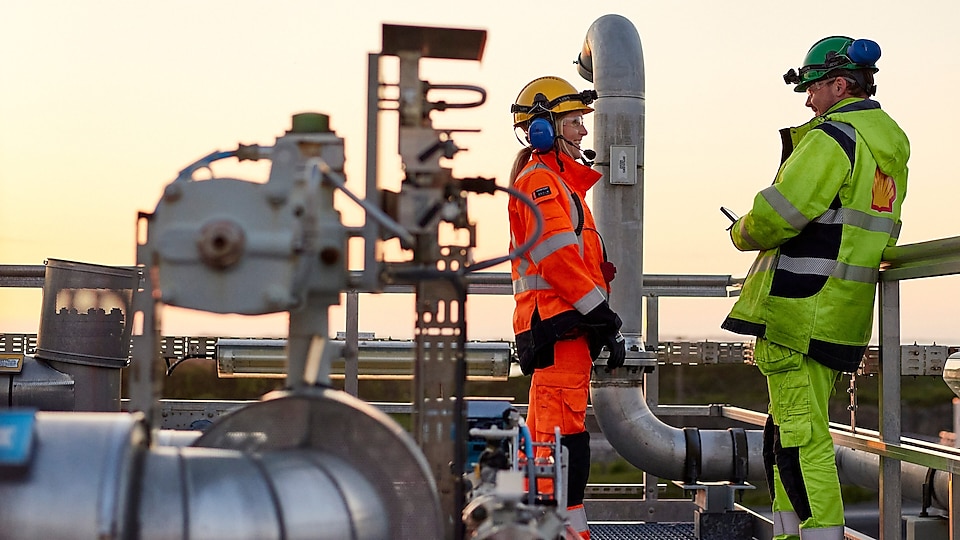
Renewable natural gas projects are complex and require a high degree of engineering sophistication, relying on the expertise of contractors, technicians, construction workers, and plant operators in the process. Each new RNG project creates dozens of local skilled job opportunities. Investments in RNG infrastructure, therefore, creates sustained job growth in a growing and innovative industry; not only in the design and construction phases but also for long-term operations and maintenance.
Financial stability is critical for the future of farming. Diverse revenue streams from the production of RNG can help support associated farm costs.
RNG can be used in the form of compressed natural gas (R-CNG) to fuel vehicles, reducing CO2 emissions from around 50%-100% compared to fossil fuels.
Explore frequently asked questions about the production, use and benefits of both RNG and R-CNG.